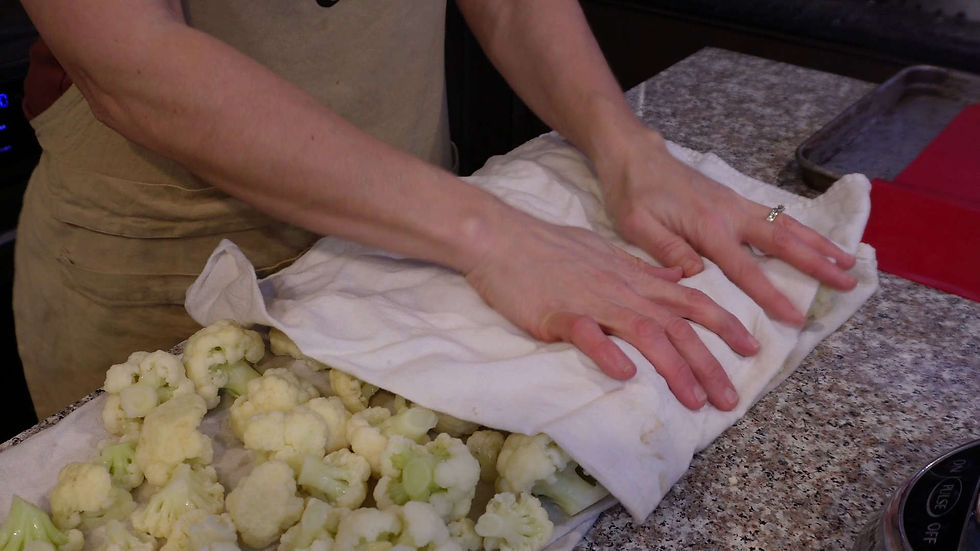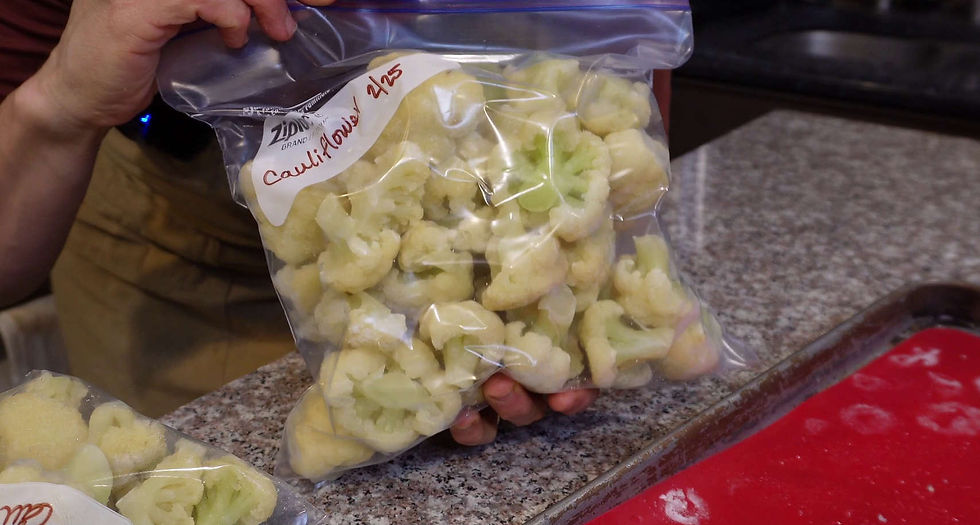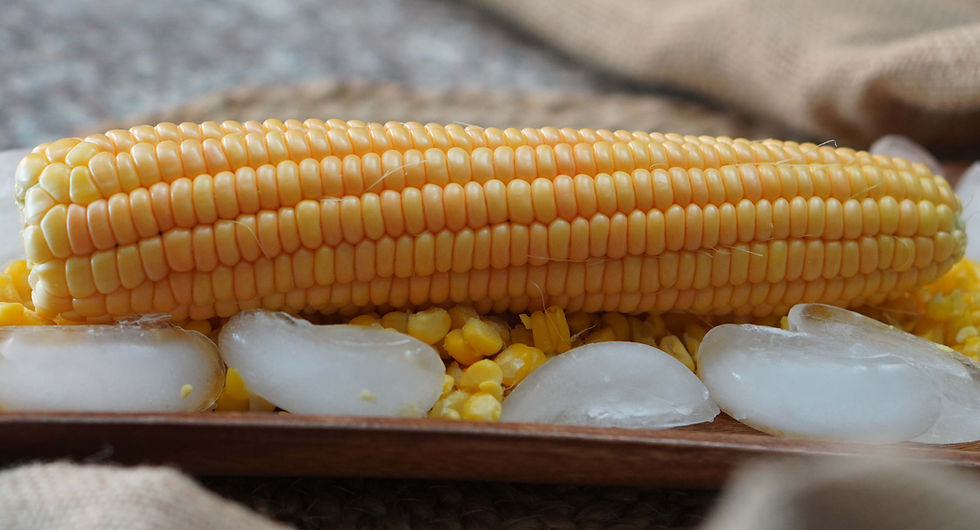Cauliflower: Freeze it For later
- Marie Overton

- Sep 30
- 3 min read
Cauliflower is a great vegetable that adds nutrients and flavor to a wide range of dishes. Whether you steam it, roast it, or toss it into a stir-fry, cauliflower is a lovely addition to any meal. But what should you do with excess fresh cauliflower from your garden or after finding a bargain at the super market? Instead of letting it wilt in the fridge, freezing is a straightforward way to keep it fresh for months.
Why Freeze cauliflower?
Freezing cauliflower is perfect for preventing waste and facilitates easy meal prep. When done properly, frozen vegetables retain a significant portion of their nutrients, flavor, and texture, making frozen cauliflower an excellent option for quick meals or side dishes.
With the ability to store frozen cauliflower for as long as 12 months, you can enjoy that fresh taste in various recipes year-round.
Preparing Fresh cauliflower for Freezing
To maximize flavor and quality, proper preparation of cauliflower before freezing is crucial. You can follow these steps to ensure the best results.
1. Choose the Right cauliflower
Select firm cauliflower heads. Avoid any with discolored florets, which indicate spoilage. The fresher the cauliflower, the better it will taste once frozen.
2. Cut into crown

Using a sharp knife, cut the cauliflower into small, bite-sized florets. This not only helps them freeze evenly but also makes it easier to use in recipes later. Wash Thoroughly
3. Soak Cauliflower

Rinse your cauliflower under cold running water to eliminate dirt and pesticides. Soaking it in a bowl of salt water (1 quart of water and 1 tablespoon of salt) for about 30 minutes can help remove any hidden pests. This simple step ensures your frozen cauliflower is as clean, and bug free, as possible.
4. Blanching: The Key Step
Blanching is an essential part of preparing your cauliflower for freezing. It helps maintain color and nutritional value while stopping the enzymes that lead to spoilage. Follow these steps:
Boil Water: Fill a large pot with salt water (1 tablespoon of salt per gallon of water) and get it to a rolling boil.
Blanch cauliflower: Add your cauliflower florets to the boiling water. Blanch for about 3 minutes.

Cool cauliflower: place in ice water and allow it to cool for 1-2 minutes
5. Drain and Dry

Place it into a colander to drain. Pat it dry with a clean kitchen towel or paper towels to remove excess moisture. This step is crucial to prevent ice crystals from forming during storage.
6. Pack for Freezing

Begin by placing the dry florets on a baking sheet lined with a silicone mat and freezing them for 4-6 hours. This makes it so they don't stick to each other, allowing you to take smaller amounts out at a time.

Place your frozen florets into freezer bags or airtight containers. Be sure to eliminate as much air as possible before sealing, as trapped air can lead to freezer burn. Flattening the bags helps save space in the freezer.

How to Store Frozen cauliflower

Label Your Bags: Always label your freezer bags with the date. While frozen cauliflower can be stored for up to 12 months, it is recommended to use it within 6 months for the best taste and texture.
Thawing and Cooking Frozen cauliflower

When you're ready to use your frozen cauliflower, there are several effective methods to thaw and cook it.
1. Quick Thawing
For speedy meals, cook your frozen cauliflower directly from the freezer. Simply add it to boiling water or incorporate it straight into your stir-fry. This method helps preserve the texture and flavor.
2. Overnight in the Fridge
If you prefer thawed cauliflower for a specific recipe, transfer the desired amount to the refrigerator the night prior. This gradual thawing helps keep the texture intact.
3. Microwave Thaw
Put your frozen cauliflower in a microwave-safe dish with a small amount of water. Microwave in short intervals until thawed, checking frequently to avoid overcooking.
Delicious Cooking Ideas with Frozen cauliflower
Now that your cauliflower is ready to use, here are some tasty suggestions:
Stir-Fries: Perfect for a quick meal, add frozen cauliflower to your favorite stir-fried dishes.
Casseroles: Mix it into casseroles for extra nutrition and taste. Studies show that adding vegetables to meals can increase their health benefits by up to 50%.
Soups and Stews: Enhance the nutritional content of soups and stews by adding thawed cauliflower while cooking.
Final Thoughts
Freezing cauliflower is a practical way to enjoy this nutritious vegetable throughout the year without compromising on taste or nutrients. With straightforward steps—selecting fresh cauliflower, blanching, and proper storage—you will have healthy options readily available whenever needed.
























Comments